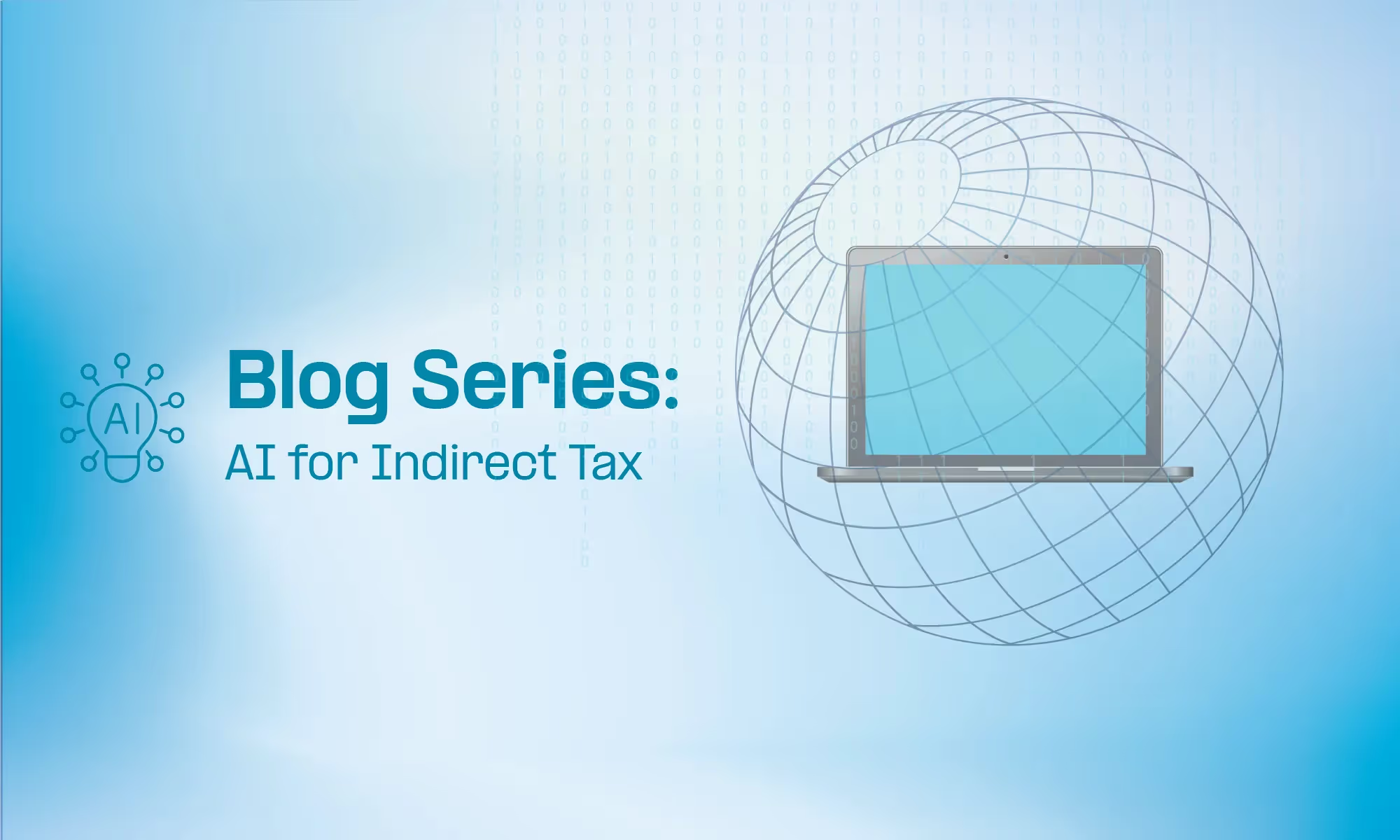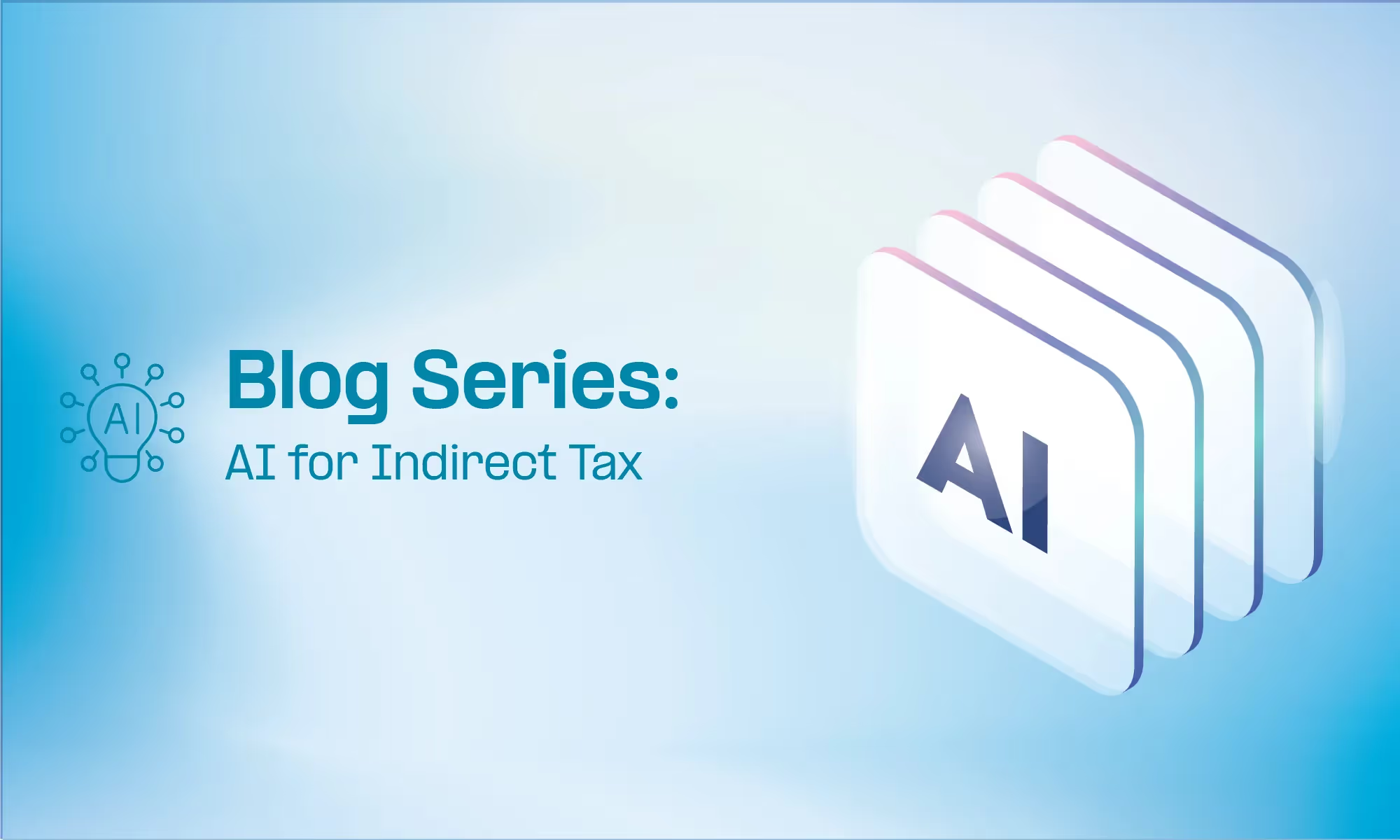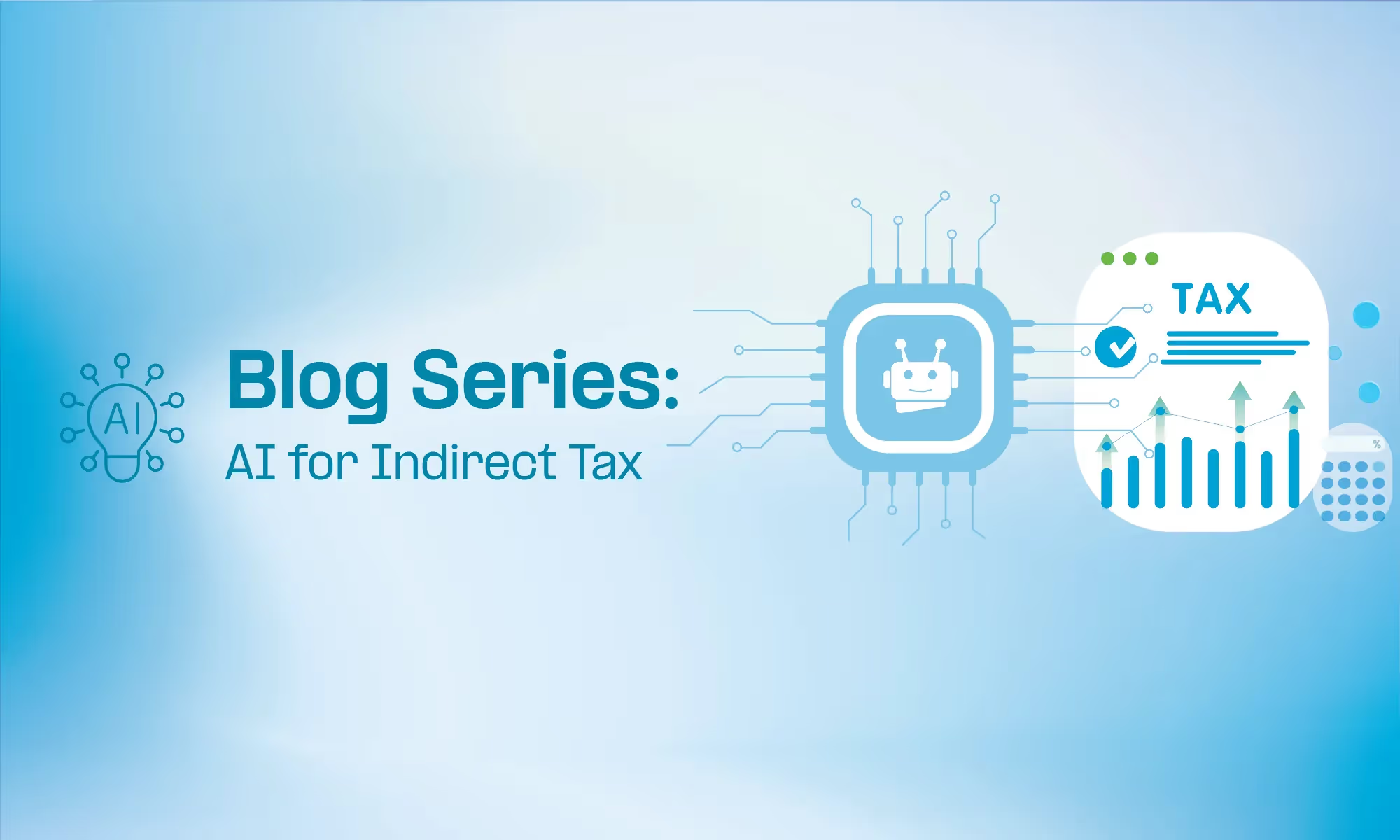Every tax leader wants the same thing: a system that gets it right 100% of the time, handles every edge case, adapts instantly to regulatory changes, and can explain its reasoning to an auditor in plain language.
That system doesn't exist. It can't exist. At least not yet.
The reason comes down to a fundamental tension in how tax technology thinks. Some systems operate on rigid rules and deliver perfect consistency. Others learn from patterns and adapt to complexity. Both approaches solve real problems. Both introduce different risks.
As AI transforms tax compliance, this distinction matters more than most vendors want to admit. Because the choice between certainty and adaptability isn't just a technical detail. It's a strategic decision that shapes your entire compliance posture, your risk tolerance, and how you'll handle the next regulatory curveball.
This is the first piece in our blog series on preparing indirect tax leaders for AI. We're cutting through the hype to examine the real tradeoffs, risks, and opportunities that matter for your tax function. Understanding how tax systems actually think is the foundation for everything else.
Deterministic systems have set rules, sure outcomes
Deterministic systems operate on predefined rules. They always produce the same output for a given input.
Think of a classic tax rate engine or an expert system encoding VAT rules: "IF goods category = X AND ship-to country = Y, THEN apply tax rate Z." The logic is straightforward. The results are predictable.
Run the same transaction at 2 a.m. or 2 p.m., and you get identical outcomes. Compliance teams love this transparency. You can trace every decision to a specific rule, which gives tax professionals and auditors confidence in how results are derived.
The appeal is obvious. Deterministic logic offers clarity and consistency. When an auditor asks why you applied a particular tax rate, you can point to the exact regulation or policy that drove the decision.
The downside: Set rules become exponentially complex to maintain
But pure rule-based systems have notable weaknesses.
They're brittle in the face of change. Tax laws and exceptions evolve constantly. Maintaining a large rule base becomes cumbersome fast. With every new exception (unless the customer is a charity, unless the transaction is a promotional sample, unless it's shipped on a Tuesday during a full moon), the rule logic grows more convoluted. Risks of omissions or conflicts multiply.
This is why many established tax engines offered by legacy industry incumbents are often cumbersome to work with, and require extensive configuration and maintenance.
Deterministic systems also have blind spots. They only handle scenarios their designers anticipated. If a transaction falls into an uncoded edge case, the system will likely misclassify by defaulting back to basics or ignoring it entirely.
In short, deterministic tax engines deliver high precision on known scenarios. But they suffer from low recall (failing to cover unknown or unanticipated scenarios) and require continuous monitoring to stay current. They give an illusion of certainty. The output is certain given the rules, but if the rules are incomplete, that certainty misleads.
Probabilistic AI adapts without manual updates
Probabilistic AI systems take a fundamentally different approach. They learn from data and make inferences with degrees of confidence rather than hard-coded truth.
Give the same input twice and an AI model might not always respond identically. It might output a "76% likely" classification of an invoice, or generate a few different phrasings of advice. This variability stems from how these systems work: they identify patterns across massive datasets rather than following explicit instructions.
A machine learning model trained on thousands of tax rulings and transactions can learn which factors usually lead to a supply being zero-rated versus standard-rated. It captures subtle correlations or novel combinations that no simple rule would cover.
The strength of probabilistic AI is its adaptability and breadth. As new data comes in (new tax rulings, new transaction types), the model updates and improves without a human explicitly programming a new rule. It can consider a much wider array of inputs (free-form invoice descriptions, contract text, historical behavior) to infer tax outcomes, potentially catching edge cases that a deterministic system would miss.
This resembles an experienced tax advisor's intuition versus a checklist. The advisor might spot a risk pattern outside the standard list of rules, thanks to exposure to many examples.
But probabilistic models trade consistency for that adaptability
Yet probabilistic AI comes with significant uncertainty and opacity.
By design, it doesn't guarantee 100% consistency or accuracy on each decision. A machine learning model might be 90% accurate in classifying tax codes. That means 1 in 10 outputs could be wrong in ways a human might consider obvious.
AI models are often "black boxes." The reasoning for any single output can be hard to explain. Telling a tax auditor or a judge that "the AI system felt 83% confident about this VAT treatment" is hardly satisfying.
Data quality is another Achilles' heel. A probabilistic model is only as good as its training data. If the data is biased, incomplete, or not representative, the AI's suggestions may systematically err. It might consistently under-report tax on certain transactions because the training data had few examples of those scenarios.
And unlike rules that only change when a human updates them, AI outputs can vary with each run (especially generative models like ChatGPT). This variability unsettles compliance teams who value consistency above almost everything else.
These failure modes mean probabilistic AI can be "wrong" in unfamiliar ways. A human expert might never assert some of the bizarre "hallucinations" an LLM can produce, like citing a non-existent tax law with great confidence.
It’s analogous to a paper map vs. GPS
Think of it like using a paper map versus a GPS for navigation.
A paper map (deterministic) gives you a reliable, unchanging route if you follow it exactly. But if a road is closed or not on the map, you're stuck. A GPS (probabilistic) uses vast data and live inputs to suggest a route. It might occasionally send you on an odd detour or recalculate unexpectedly, but it adapts to new information (traffic jams, road closures) and usually gets you to a better result faster.
Or consider a checklist versus an experienced guide. A tax checklist (like deterministic logic) ensures all known steps are followed. Nothing predefined gets missed, but it won't catch anything not on the list. An experienced tax advisor or an AI assistant might sometimes skip a step or propose something unconventional, but they can also sense issues outside the checklist and adjust course.
Key takeaway: The future combines both approaches
Deterministic tax tech gives precise, repeatable answers but can't handle the unexpected. Probabilistic AI offers broad, adaptive analysis but introduces a margin of error and demands careful oversight.
In practice, the future likely lies in hybrid approaches that combine the certainty of rules with the flexibility of AI. Much as a modern pilot uses both a checklist and intuition, modern tax technology will increasingly blend these approaches.
The question isn't which system is "better." It's which combination of approaches fits your compliance needs, risk tolerance, and operational reality.



















